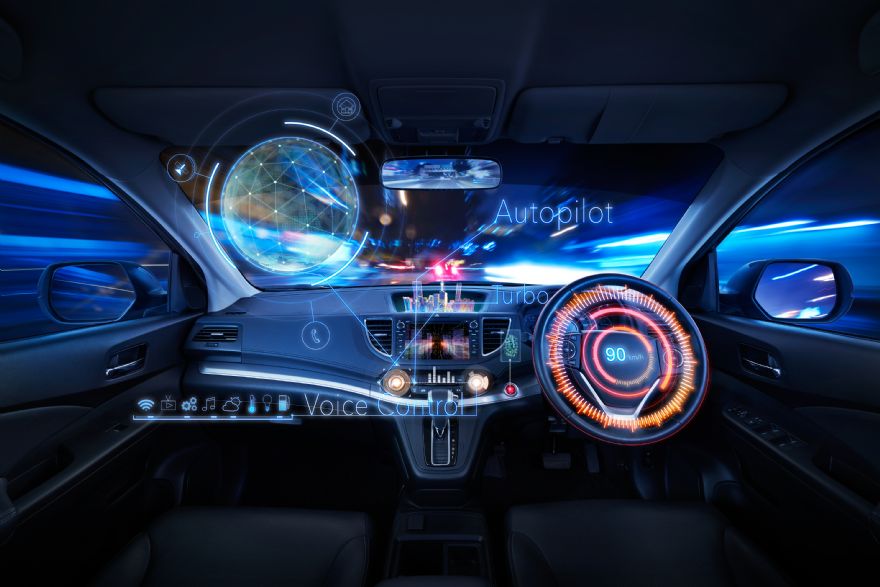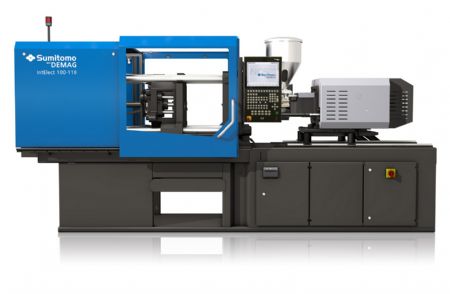
Mobility is changing fast and with it car manufacturers are gearing up for the ultimate electric and digitally connected reinvention.
Incrementally, car manufacturers have begun the connectivity journey. Already, vehicle interiors have started the shift towards greater comfort, convenience, driver safety and creating a sensory experience. Yet, analysts predict 2021 will be the year of innovation acceleration for the industry, which stalled during the pandemic.
For exhausted engine vehicles, noise reduction, efficiency, weight reduction remain major trends. Additionally, for hybrid vehicles there is a focus on improving and regulating the thermal management of the temperature to ensure the system can adapt to the ambient temperature and maintain comfort for passengers.
In all-electric vehicles, current trends are focused on improving the protection of the current: materials like Duroplastics are experiencing a renaissance; and the vibration and resonance behaviour are totally different and consequently need a new selection of materials and part design.
Mr Flowers said: “As more complexity is added into vehicle electronics, demand for connectors, micro-gears and micro-switches is rising. In the fibre optics market, this particular technology is adopted for moulding gears such as micro connectors, ceramic holders, and optics housing. Other applications comprise micro engines, micro drive control systems, and micromechanics rotators.”
With countries such as the UK, Norway, France and Germany introducing legislation banning the sale of non-electric vehicles – some as early as 2025 (2030 in the UK) – innovations and creativity in this space are rife. Smart use of space, advanced safety features and driving range are all deal breakers for discerning buyers.
Interest among consumers for EVs is certainly heightened. The Society of Motor Manufacturers and Traders (SMMT) recently reported that sales of battery electric cars (BEVs) and plug-in hybrids (PHEVs) accounted for a combined 13.9% of the market in March 2021, up from 7.3% at the start of the pandemic.
EV design is a major influence, especially on the vehicle front. Unlike conventional passenger cars, designers are not constrained by internal combustion engines and fuel tanks. This means they can package up functional parts differently, and the engine bonnet will be more of a design element.
Battery and fuel-cell EV technology is another critical area that requires new generations of parts, and consequently new supply chains. This is an area where
Sumitomo (SHI) Demag is regarded as a strong development partner, working with customers to determine the best solution.
The company is currently supporting several projects to establish new market concepts, including the development of a new liquid silicone rubber system. This technology can be used in combination with others to produce parts for hybrid vehicle fuel cells (FCEVs).
Mr Flowers said: “Many experts forecast that 2021 will be the year FCEVs will start to overtake BEVs, citing faster recharging, longer driving range and cleaner emissions as a critical benefits. “High pressure applied to FCEV tanks requires a great deal of component stability and reliable seals and gaskets.”
Reshaping the sensory experienceAs a result of artifical intelligence (AI) and ‘infotainment’, car interiors are also changing fast. According to the latest research, the global automotive interiors market is anticipated to reach US$29.35 billion by 2025.
With more technology companies starting to muscle into the ‘digital touchpoint’ space combined with automotive manufacturers predicting a bounce-back in global orders for new vehicles by 2023, OEMs are rapidly disseminating the disruptive forces that could ultimate render a driver obsolete.
Bulky dashboards are being replaced by more aesthetically pleasing minimalist surfaces, while customisable controls are boosting comfort. Interior lighting, acoustic systems and sound insulation are being integrated into door panels. Moulding these high-tech interior components without compromising on fuel efficiency requires greater precision and process stability.

These new automotive applications tend to use new materials, including PC, PET, linseed or similar, as well as new processes like integration of function foils and backlighting for smart surfaces.
This is an area where Sumitomo (SHI) Demag has advanced knowledge, with recent industry show exhibits demonstrating the company’s automotive market-led solutions.
Mr Flowers noted: “Featuring fewer switches, these tactile panels create a more sensory experience for motorists. In the future, applications like this will reduce the number of components in a vehicle.”
Talk to the carFrom vehicle entry to fingerprint ignition, sensors to computer vision software, the technological possibilities are endless. Health, wellness and wellbeing (HWW) are new features already being spotlighted, with a number of startups developing health tracking sensors to monitor heart rates, rhythms, fatigue and stress levels. Sophisticated biometrics like this could even adjust personal comfort settings or perform an automatic alcohol breath test.
In-car voice assistance has an equally big role to play. For many consumers, voice is one of the biggest purchasing influencers suggests a report by Voicebot, allowing drivers to safely access navigation, detours, and potential pit stop information.
Over 60% of drivers now factor the availability of voice assistance when purchasing a new vehicle. By no means new technology - Ford pioneered its Bluetooth connectivity way back in 2007 – brand consistency from home to car is emerging as a preference. As testament, this April Lamborghini unveiled the first car to rely entirely on Alexa to control environmental settings.
Mr Flowers said: “The level of hyper-personalisation and sophisticated in-car entertainment that pushes content from one connected device to another is opening up a whole new market for manufacturers and OEMs.”
As with any electronics or safety component, moulding precision and stability is paramount. This need to enhance precision and eradicate component defects is prompting more moulders in the automotive supply chain to switch to all-electric machines.
He added: “If you are repeatedly manufacturing a connector or sensor and you know it performs between the upper and lower weight limit, an all-electric system will enable you to run much closer to the lower limit, with greater precision and consequently fewer defects and lower scrap rates.”
Dynamic, precise and energy saving, the latest IntElect series features direct servo drives, enabling improved repeatability and shorter cycle times. Ranging from 220 to 500 tonnes, the big tie bar spacing, increase in mould height and opening stroke means that the new Sumitomo (SHI) Demag IntElect models can accommodate larger moulds. The result is a less energy intensive machine for automotive applications that would previously have required a larger tonnage.
Mr Flowers concluded: “As society moves towards more integrated and sophisticated electronic components in vehicles, injection moulding machines and OEMs have to adapt. All of the technological enhancements in the IntElect series are designed to give moulders the tools, machine synchronisation, mould safety and real-time production monitoring required for the next generation of digitalised automotive concepts.”
The IntElect’s optimised clamp force is a result of an innovative double centre press platen. Designed in-house by Sumitomo (SHI) Demag, it ensures equal surface pressure distribution. Units can be modified with a larger screw geometry and non-return valve (activeLock) to achieve higher repeatability and precision.